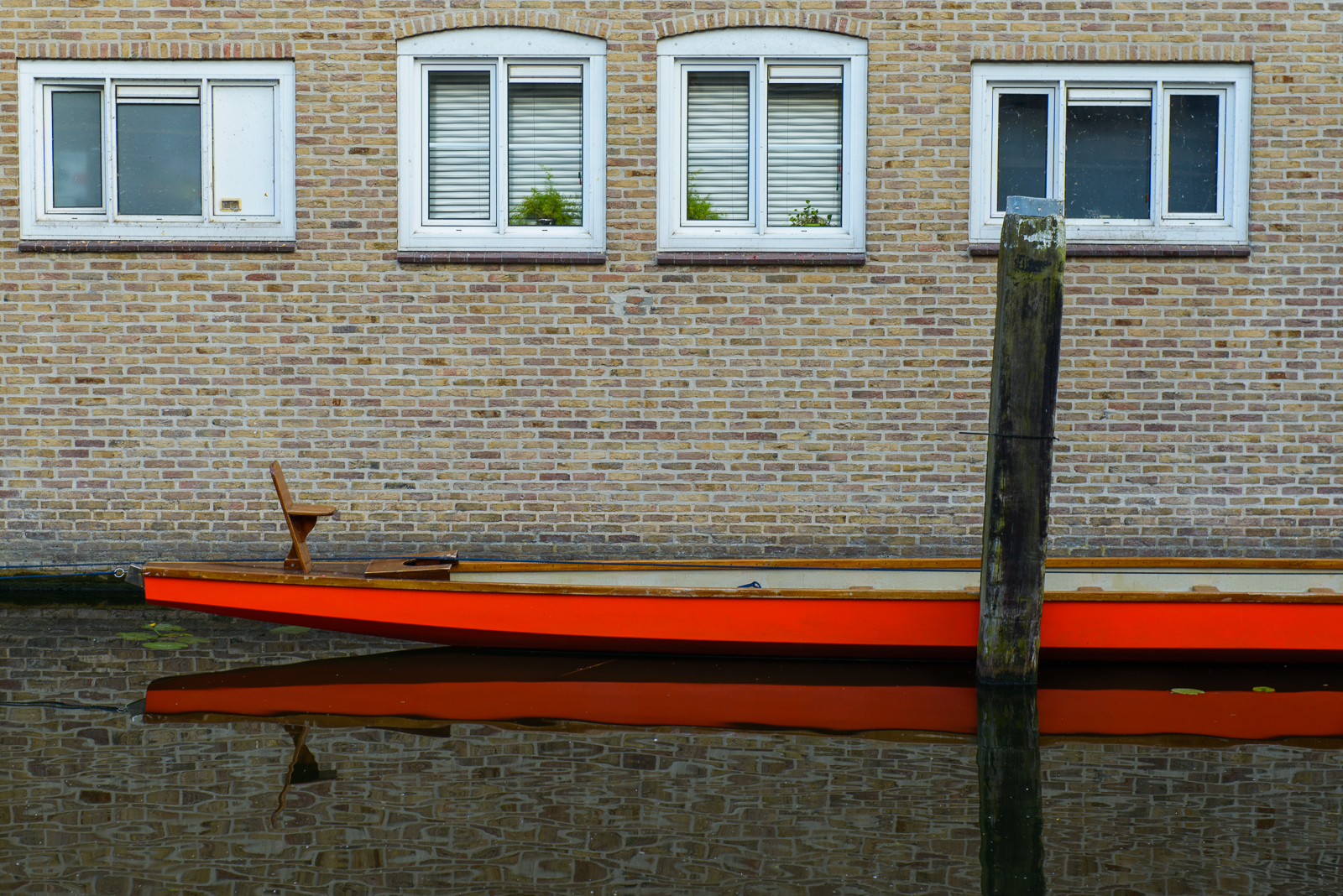I have a new photographic experience behind me. Yesterday I was shooting almost the whole day with the two cameras. Before the event, I was considering shooting with just one and change the lenses if required. More on these considerations here.
During the event it turned out that switching the lenses is not an option. There were too many interesting things happening simultaneously. Just to give an example: at the certain moment there were children playing in a gym on two fields, two different sports. A very nice opportunity to capture some team movements and take a number of nice close-ups. But since the games were of short duration and I wanted to take photos of as many children as possible, I couldn't afford swapping the lenses.
I equipped my Nikon D80 with 24-70 f/2.8 lens and my D800E with 70-200 f/2.8. Next to it I put SB-900 on each of the cameras. There was not coincidence in such choice. Since my intention was to capture lots of faces I wanted to reach maximum quality for the close-up or tightly composed photos. For the scenes with a broader angle of view I could sacrifice some quality since my intention was to take pictures of groups of scenes implying more distance to the subjects and less details in the scene.
During the day I have made some observations with respect of using two cameras:
During the event it turned out that switching the lenses is not an option. There were too many interesting things happening simultaneously. Just to give an example: at the certain moment there were children playing in a gym on two fields, two different sports. A very nice opportunity to capture some team movements and take a number of nice close-ups. But since the games were of short duration and I wanted to take photos of as many children as possible, I couldn't afford swapping the lenses.
I equipped my Nikon D80 with 24-70 f/2.8 lens and my D800E with 70-200 f/2.8. Next to it I put SB-900 on each of the cameras. There was not coincidence in such choice. Since my intention was to capture lots of faces I wanted to reach maximum quality for the close-up or tightly composed photos. For the scenes with a broader angle of view I could sacrifice some quality since my intention was to take pictures of groups of scenes implying more distance to the subjects and less details in the scene.
During the day I have made some observations with respect of using two cameras:
- It is easier to carry them than I thought. I was a bit worried about how to take care of two cameras. After all it was not such big issue. One camera (D800 with 70-200 lens) was hanging on my right arm (I use a very decent strap of OptechUSA which was sticking to my arm very well). The other camera was hanging on my neck.
- Keeping the settings simple helps a lot. I was trying to keep the settings of both cameras as simple as possible so I didn't have to think too much about them when switching between the cameras. So I set them both to manual mode, and when I was using flashes, I set them to the TTL mode. In the lighting conditions that I had it worked very well.
- Knowing the camera limits is very important. Different cameras have different limitations. It is very important to know the limits and not get tempted to apply settings from the camera with higher possibilities to the 'weaker' one. A good example is setting the ISO. D800E can very easy handle ISO sensitivity of 2000. When one tries to apply such ISO to D80 will get very disappointing results. I stayed with ISO of max 640 on the D80, knowing it is more or less the highest value still delivering pictures with acceptable noise level.
- Don't forget to synchronize the clocks of both cameras. I unfortunately forgot to do so. As a result I got quite mixed set of photos when I have stored them in Lightroom. Sure, the time offset can be corrected in the software, but it cost time. So next time I will do better.
- Divide the load between two cameras is good for batteries. Especially the flash batteries. I didn't have to change the batteries of any flash. While shooting with one camera during a comparable event, I have to change them at least once. It is logical but the consequence is that I don't loose the time on battery change.
All with all it was an interesting experience that I will be practicing more during interactive, time-intensive events.











.png)




































